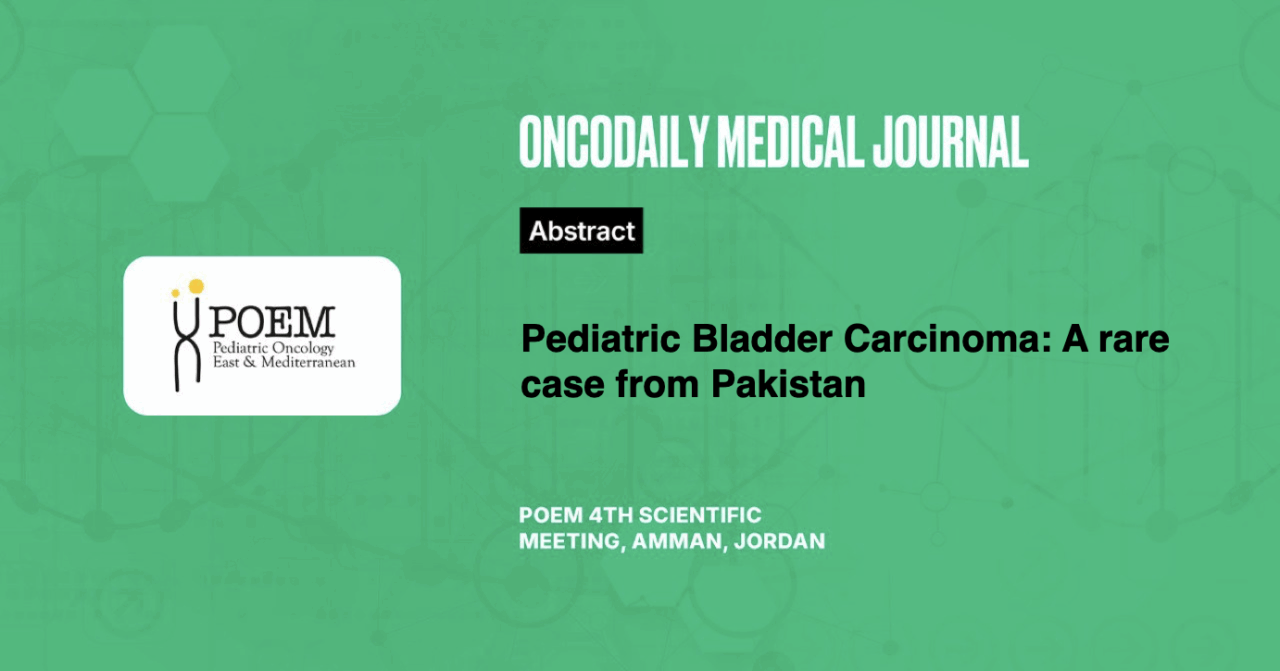Pediatric Bladder Carcinoma: A rare case from Pakistan
Abstract
Introduction: Bladder urothelial carcinoma is usually rare in children with papillary urothelial neoplasm of low malignant potential being the most prevalent one. These usually appear as solitary, small, non-invasive lesions that do not metastasize. Most children are present with urinary bladder masses and lower urinary tract symptoms, including hematuria, dysuria, frequent urination, or urgency. Cystoscopy is the standard procedure for evaluating hematuria and detecting bladder tumors. Ultrasound can help investigate these symptoms initially. Tumor resection is the treatment regardless of age. Low-grade urothelial tumors in young adults require only ultrasound follow-up, not aggressive cystoscopy.
Case report: We are describing a rare case of papillary non-muscle-invasive urothelial carcinoma in a 12-year-old girl who presented with painless hematuria for one month. On investigation, an ultrasound kidney urinary bladder showed a circumferential thick wall bladder with an echogenic area in the left lateral wall measuring 2.4 x 1.4 cm. Her biopsy report showed superficial fragments of low-grade papillary urothelial carcinoma with no invasion into lamina propria and no evidence of malignancy in deep muscle. Cystoscopy with transurethral resection of bladder tumor done. She was kept on surveillance with three monthly ultrasounds/cystoscopies.
Conclusion: In summary, urothelial tumors in children are typically low-grade and have a very good prognosis. However, there is still no established, clear treatment or follow-up plan for these cases. This raises the question of whether adult treatment protocols, especially for low-risk, non-invasive bladder cancer, are appropriate for children. One concern is the need for cystoscopy surveillance, which in children requires general anesthesia, something that may not always be necessary. Moving forward, more research is needed to better understand disease recurrence and long-term survival to help create more specific treatment guidelines for children with these tumors.





